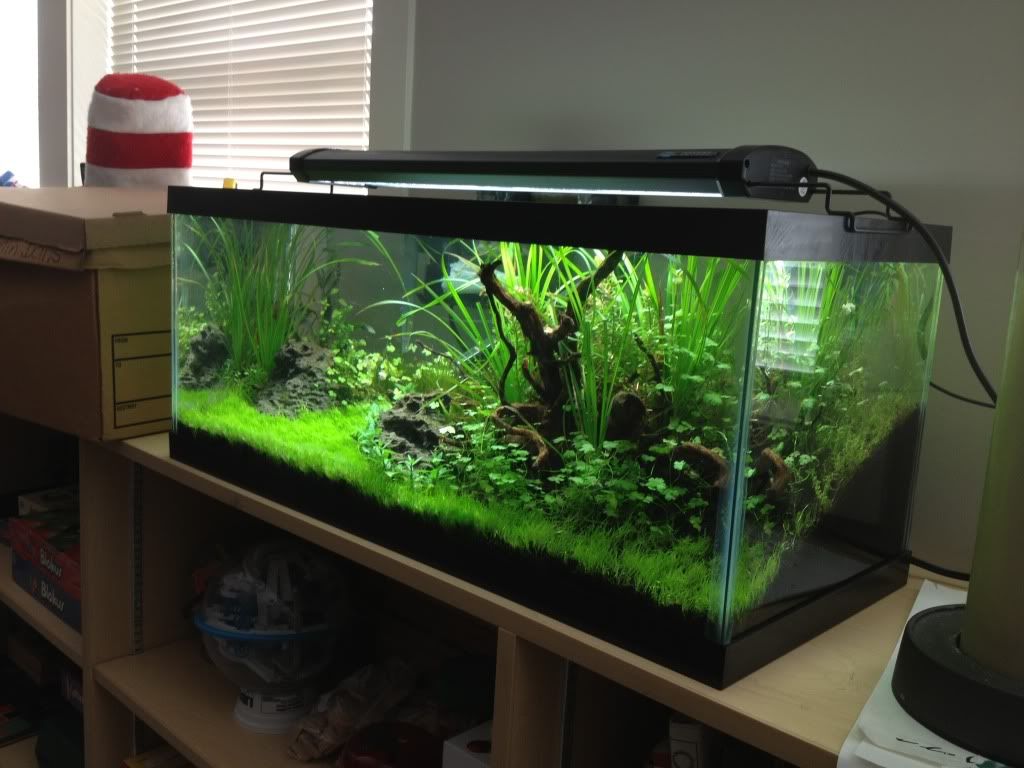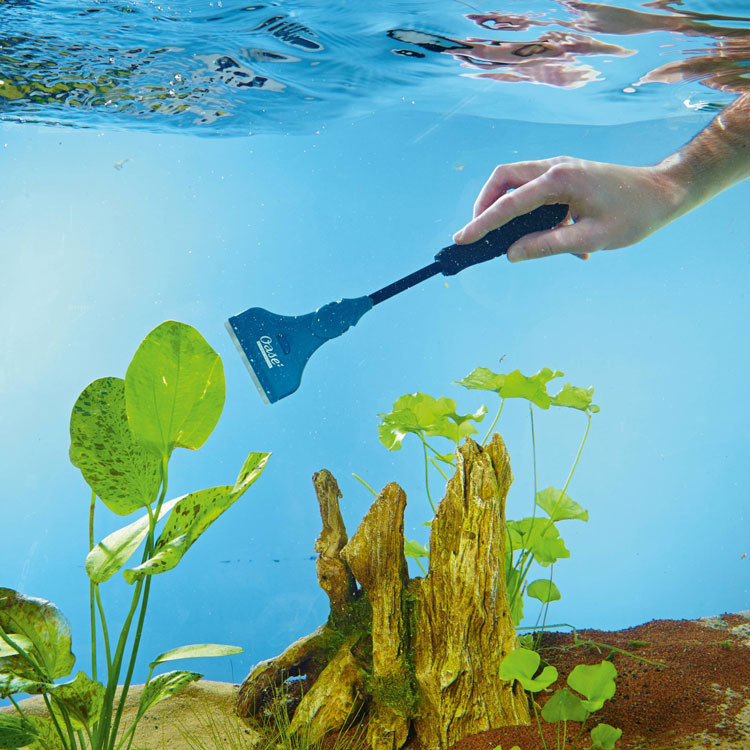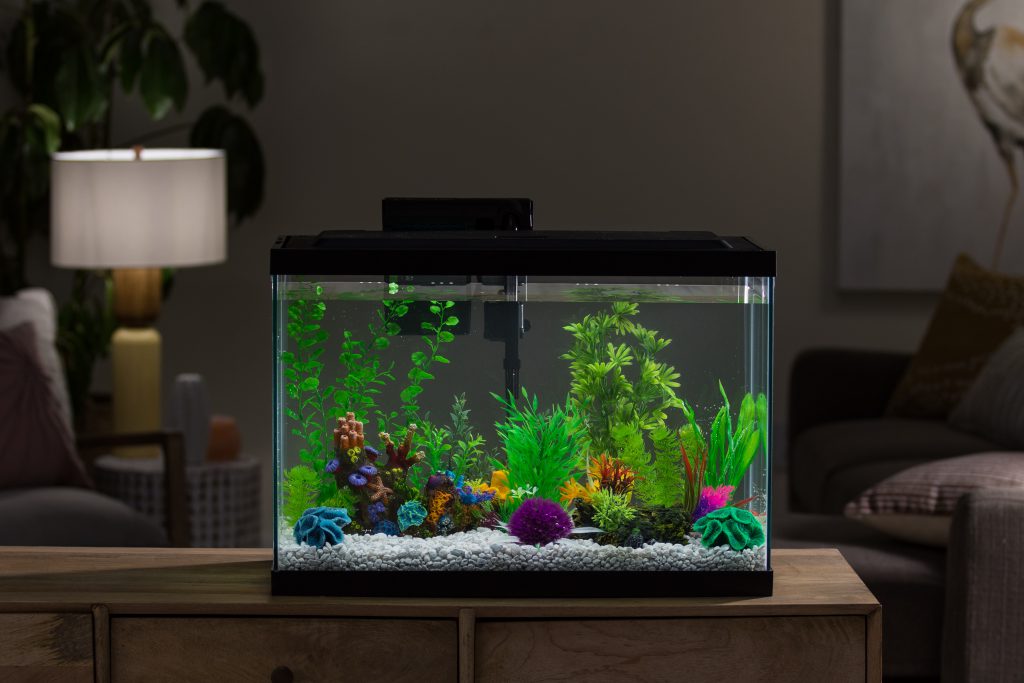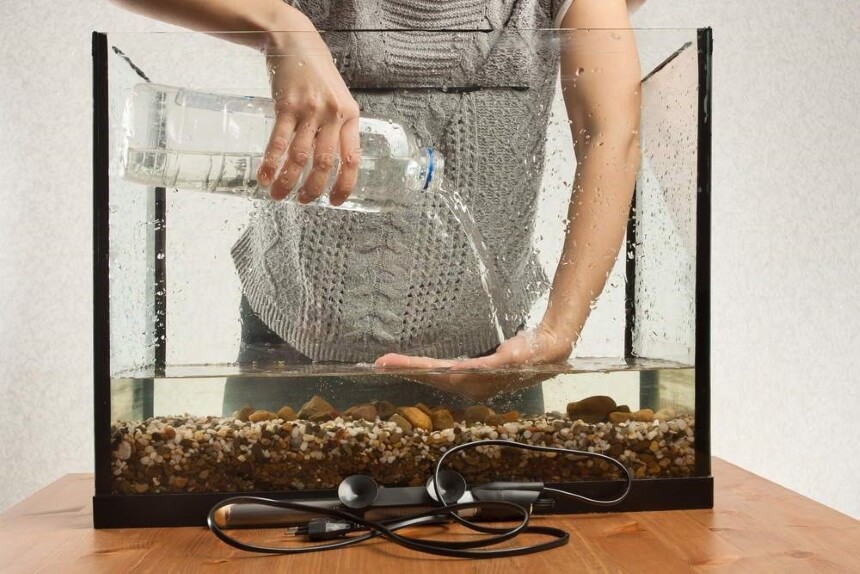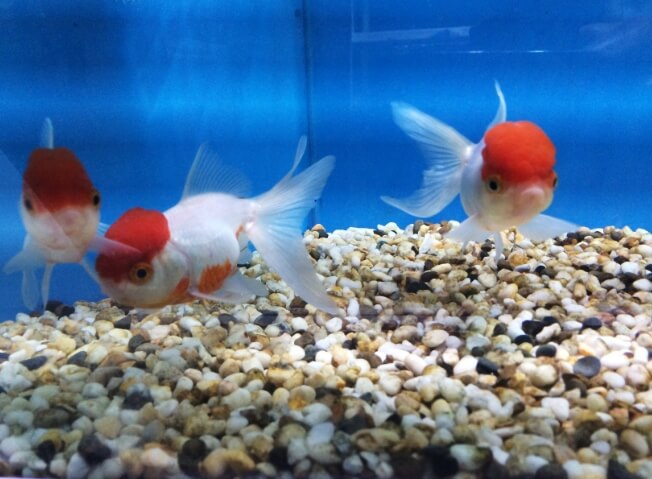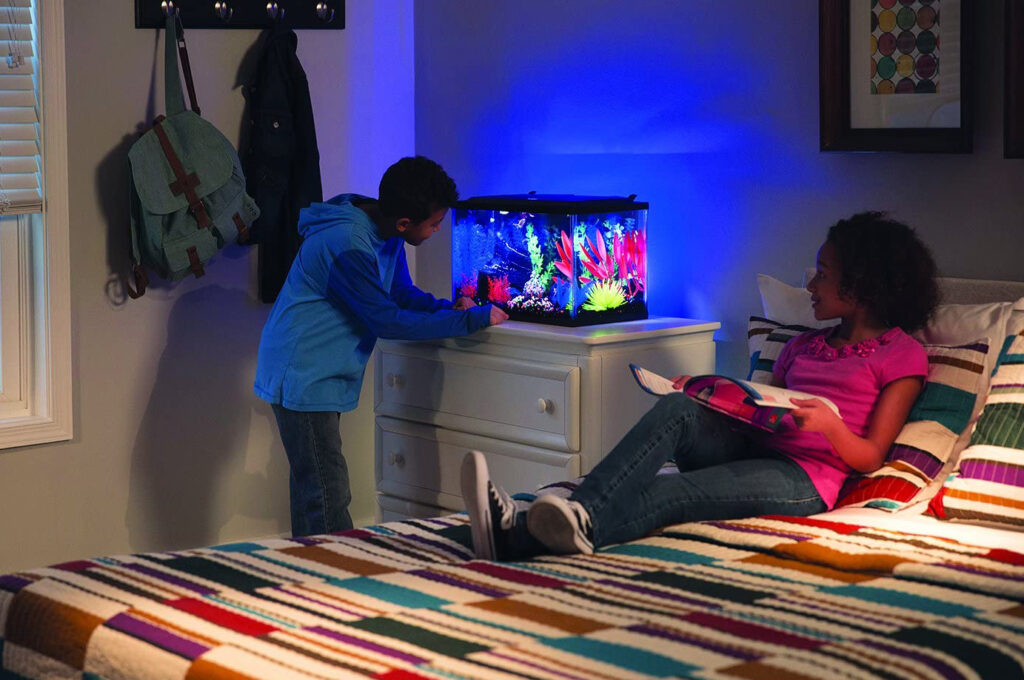

Owning an aquarium can be so intriguing! From the calming effect it has and stress reduction to lowering blood pressure, aquariums offer a therapeutic feel when viewed, and they also aid in teaching kids responsibility. Although having a fish tank has several benefits, it also comes with some responsibilities and a couple of things you may be conscious of. And, one of these things is knowing what temperature should a fish tank be. When one talks about fish and water temperature, it can’t be treated with levity. If you care about your fish and don’t want to put their lives at risk, you must monitor the temperature of your fish tank.
Maintaining the right temperature for your fish tank can be a bit tricky, but it isn’t something you can’t do. With the knowledge and the proper tools, you’ll be doing your fish a lot of good, and even though they can’t speak to you, you’ll feel how appreciative they’re to you for being mindful about their health with the way they move joyfully in the tank. Thankfully, this article has featured the information you need to have about prioritizing the health of your aquatic pets and setting the perfect temperature for their habitat.
You need to know that fish cannot regulate their internal body temperature because they’re cold-blooded. As it is, your fish will always need your help to keep their body temperature adjusted just as the water temperature changes. Plus, they’ll feel very uncomfortable if the habitat you set up for them is too cool or too warm.
All of these will have been easy if your fish are in the wild because they’ll know where to swim to for warmth and where to swim to for cold.
However, since you’re setting up your aquarium, they cannot escape from one place to another, and forcing them to cope with the temperature of your aquarium is the last thing you would want to do.
Your fish’s metabolism can be directly affected by the water temperature, and the health of your fish is in the hands of you, setting the perfect temperature for them. If you would love to see your fish active and not sleepy and sluggish continually, you must ensure that their metabolism does not slow down by ascertaining that your aquarium’s temperature isn’t too cold. And too hot? It isn’t right either way. Your fish are subjected to being hyperactive or too lively when the excessive warmth of the water speeds up their metabolism.
Do you know the kind of stress your fish will be going through if they have to keep going through these spontaneous temperature fluctuations? This stress can take a huge toll on their resistance capacity and degrade their immune system. Your fish will be vulnerable to parasites and diseases that could cut their lives short when this temperature stresses them and their immune system cannot handle these things.
As you already know, maintaining the correct temperature is very crucial for the survival of your fish and even all other aquatics in your aquarium. And with the right aquarium heater, you’ll be making a lot of difference.
The temperature conditions of the fish in the wild cannot be compared to that of your tank. Fish don’t need an exact aquarium temperature to thrive because they all have an ideal temperature range.
An aquarium heater isn’t available in the wild to regulate the water temperature, but all thanks to Mother Nature and the weather, fish do enjoy good health in their natural environment due to the cold winter nights, hot summer days, and rain that help greatly to work things out.
From 68 – 90°F, temperature swings occur daily in the reef environment, and it waves at least 30°F for an everyday temperature for freshwater fish. More so, the temperature doesn’t change swiftly in fish's natural habitat Trusted Source Fish diversity and habitat relationship with environmental variables at Meghna river estuary, Bangladesh - ScienceDirect Meghna river estuary is the largest estuarine ecosystem of Bangladesh and support diverse fisheries communities compared to others. Present study was carried out to assess the fish diversity status with relation to major hydrological and meteorological parameters in both spatio-temporal scales. www.sciencedirect.com , such as rivers and oceans, because of the plenty of water they’re filled with, and it may take a season or a day before temperature changes.
However, this is not the case in your fish tank. A rapid change in temperature often occurs in your aquarium because the temperature outside the tank can cause quick cooling or overheat because of the little water they contain, compared to an ocean or a river.
It’s very necessary that you maintain the water temperature of your aquarium for the safety of your deaf fish.
You have to beware of high temperatures because as soon as the temperature exceeds 90°F, the danger is looming. The truth is that the biggest issues are caused by warm water, and you have to be conscious of this. Normally, there’s always excess oxygen for everyone in the aquarium when the condition is normal. However, warm water makes your fish Trusted Source Fish | Healthy Pets, Healthy People | CDC Pets provide many benefits to humans. They comfort us and they give us companionship. However, some animals can also pass diseases to people. These diseases are called zoonoses. www.cdc.gov need more oxygen, and they become hyperactive.
Now, where the problem lies is that your fish are likely to suffocate because the available oxygen gets reduced dramatically, and this is simply because there’s less oxygen in warm water. Just as if that’s not enough, the gills of your fish will start to burn, and the oxygen situation becomes more dreadful. Plus, it becomes extremely difficult for ammonia to be broken down by your aquarium’s helpful bacteria.
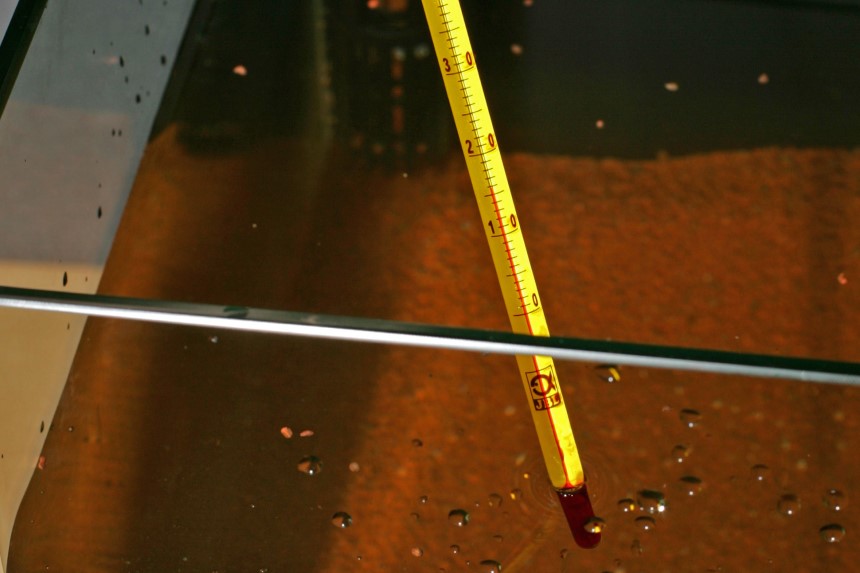
High temperature isn’t good enough; would the low temperature be better off then? Well, as you’d guessed, the answer is no. If high temperature equates to excessive warmth, low temperature as well equates to too much cold. Now, what happens when this cold becomes unbearable? Your fish will die. But before they do, they’ll start acting sluggish, and the lower temperatures don’t mean good for your tropical fish.
Imagine it’s winter, and you have no clothes on. How would you survive the terrible cold, or what will be your end? If you don’t catch a cold or flu, you could end up with something worse. This is something not so different from what your fish experience. Normally, an aquarium heater will help to keep your tank warm, but there are some ideas you can explore to keep your tank warm without a heater.
Setting the right temperature for your fish can be a bit tricky, and this is simply due to the fact that every fish has the temperature swings they can tolerate and its respective temperature range. To understand this range correctly, there are three categories of fish, cold-water fish, tropical fish, and temperate fish, to use in setting the temperature preference. The first kind of fish requires below 68°F, the second would be fine with a range of 75-80°F, and the third, temperate fish, have the capacity to cope with a wider range — no wonder they’re referred to as “temperate.”
Nevertheless, don’t get it twisted. You need these fish to thrive, and for this, you have to keep them in their preferred temperature range. Goldfish is a fine example of temperate fish as it can be considered to be neither a tropical nor cold-water fish. To be on the safer side, it’s important that you make adequate inquiries about where you’re buying your fish so that you can be sure of the preferred temperature range of your aquatic pets in your aquarium.
More so, be informed that there are some fish that are not used to fluctuations in temperature due to the stable temperatures in their large ecosystems. Fish that have large lakes, oceans, or any other massive water body as their natural habitat are examples.
Knowing the correct temperature is half the battle. Being able to maintain it is what fully validates your effort. Consequentially, a valuable buy you can make for your fish tank in monitoring your aquarium is your aquarium thermometer. With this tool, you won’t have to make risky guesses that may fetch grave consequences, and you’ll be able to enjoy the dividends of maintaining the right temperature for your dear aquatics.
This is where it all gets started — the location. The location of your fish tank can interfere with the kind of water temperature changes that occur and its frequency inclusive. Placing your fish tank close to a door or a window is a very wrong move because the opening and the closure of the window or the door can negatively influence your aquarium.
The temperature of the water can rise swiftly in this case. It’s advisable that you don’t make your tank exposed, and you can do this by avoiding placing your tank close to windows, doors, or anywhere where direct sunlight comes in.
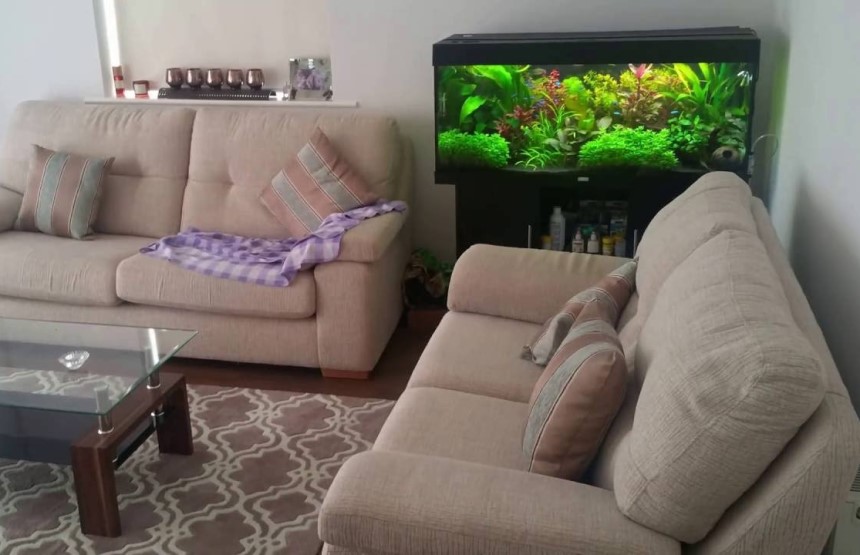
Remember what happens to your fish when the tank is too cold? They become drained and sluggish, which could ultimately lead to their death. Then, you should know it’s time to get things heated up when your aquarium is too cold.
Thankfully, this task is a very easy one. All you just have to do is to procure a functional and efficient aquarium heater. This device will gracefully help you reach the needed temperature in your aquarium as it will keep warming your water. Nevertheless, note that getting the right heater size for your aquarium is also as important as getting a heater.
Too much heat isn’t good either. You must be careful. Imagine you find yourself in a desert where the heat is so intense how will you feel? This situation is also similar to what your fish experience when the heat goes overboard. More so, you should note that your aquarium water is also likely to be too warm if you reside in a place where the weather is usually hot.
So, what do you do? You can set your tank at the correct temperature by procuring a fan. This is a very easy solution. Another option, which is very expensive and not even advisable, is leaving your AC on. But it’s better if you just get a fan. However, these fans may not be effective at times, especially in a case where you own larger tanks. This doesn’t cause any need to worry anyway, as you can always use an aquarium chiller to give the cooling that you need for your bigger tanks.
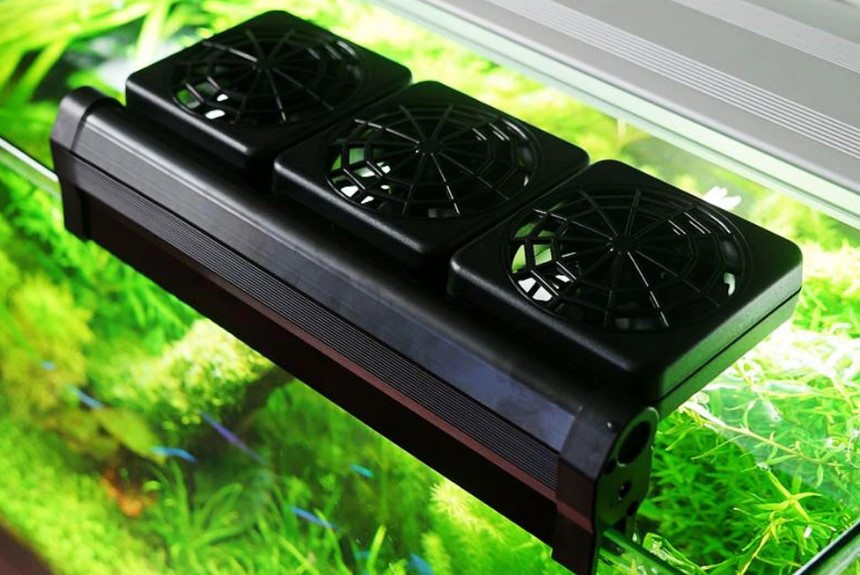
These days, fish tank owners love to choose the easy option of maintaining the temperature of their tank automatically. In fact, you can as well oblige to this and feel more relaxed knowing that there’s something put in place that will cool your water when needed and also heat your water when required.
These days, there are lots of fine models you’ll find on the market, and the Inkbird ITC-306T Pre-Wired Electronic Heating Thermostat Temperature Controller is one of the finest and versatile models you’ll find around. Once you’ve purchased this device, plug it in, and it will start doing its magic, and the sweetest part of it is that you don’t have to do anything. Just plug and relax. Sounds cool, right?
Owning an aquarium comes with lots of responsibilities, and the issue of setting the right temperature is one that you can’t afford to joke with. If you’re a fish tank owner and you have the interest of your aquatic pets at heart, you would definitely want to do all that’s necessary to keep your aquatics healthy and happy, and setting a stable water temperature for them is the proper way to go. The plenty of chillers and heaters have made all of these very easy.
A heater like the HiTauing Aquarium Heater can even help you keep your water regulated. User reviews applaud it for its temperature control system, noting that its cool black smart controller helps to keep things in check. However, regardless of the choice you make, knowing what temperature should a fish tank be is very necessary if you plan to own a healthy aquarium.
